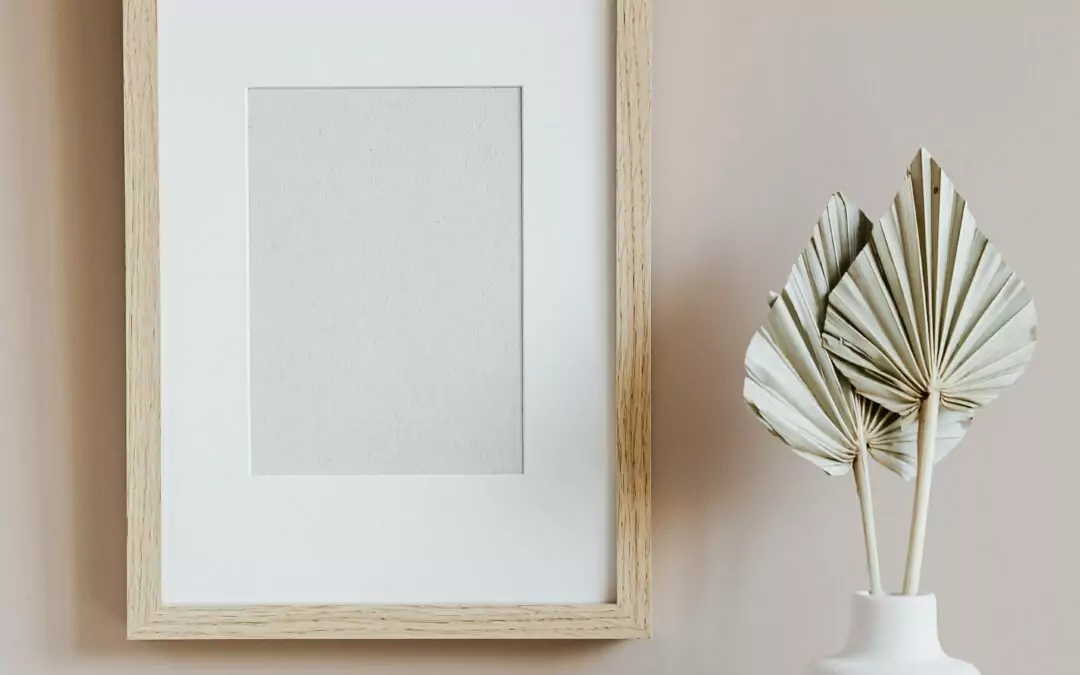When decorating a room, one factor often overlooked is the influence that lighting has on interior paint colors. Whether it’s coming from the golden sun or from a cool LED lamp, the type of light in a space can dramatically alter the appearance of the paint. In this article, we will look at how this happens and why understanding this relationship is crucial when selecting the perfect shade for your home.
Understanding Natural Light
Without going into a detailed scientific analysis of natural light, it’s worth noting that it differs from artificial light on a fundamental level. Natural light, unlike the variety of artificial lights around us, comes from one source: the sun. This factor (in combination with earth’s atmosphere, environmental conditions, and the function of your eyes) means you have little control over what natural light does when it hits your painted surface. With that said, knowing a few characteristics of natural light will help you make an informed decision for your next paint color.
Natural Light is Not fixed: From dawn till dusk, the sun’s rays are always moving. This can have a variety of effects on your painted surfaces:
- Shadows: A room’s shadows are constantly moving and some painted areas may only be directly lit for part of the day. A sun-lit room is never without some shadows.
- Temperature hues: A paint color can appear differently at various times depending on the outside hue. The same shade that looks cheerful and bright in the morning might seem muted and calm by sunset.
- Intensity of Light: Brightness also has an effect on how you will perceive your paint color. As the brightness of the sun fluctuates, so will the degree your paint reflects its color.
Natural Light has Positive Biological Effects: Exposure to the sun’s natural light triggers the release of serotonin, a neurotransmitter associated with mood elevation. Choosing a light paint color like bright yellow or pure white will reflect more of the sun’s light into your living space, and tends to help maintain a cheerful environment.
Natural Light Includes a Full Color Spectrum: With a complete color spectrum, natural light allows us to see the true colors of objects. Keep this in mind when looking at color samples. The best way to see a paint’s true color is to view it under natural light.
Artificial Lights
When it comes to Artificial lights you have many more options of ways to affect your paint’s appearance. Aside from just choosing a paint color, you can also look into getting a light bulb that complements it. Here are some different light types and the impact they can have on color:
Incandescent Bulbs often cast a warm, yellowish light.
Fluorescent Lights can be cooler and may impart a bluish hue.
LEDs range from warm to cool based on the chosen color temperature.
Whether you are looking to buy new bulbs or figuring out what you already have, keep in mind that light bulbs have a kelvin (K) rating. Lower Kelvin numbers mean warmer light, while higher numbers signify cooler light.
Choosing Paint Colors For Different Lighting Conditions
Sometimes you just don’t have the option to change the lighting conditions of the area you are painting. In these cases, it’s best to figure out what kind of lights you have and what the primary light source is in the room. Is it predominantly natural, artificial, or a mix of both? All of these factors will affect that final paint finish, so make sure you test your paint samples in places that best represent the light exposure of the walls being painted.
Frequently Asked Questions
Q. What is the role of sheen in paint?
A: Sheen refers to the level of glossiness or shine in paint. Different sheens (flat, eggshell, satin, semi-gloss, gloss) offer varying levels of durability, washability, and aesthetic appeal.
Q. How can I prevent paint from fading due to sunlight exposure?
A: Use UV-resistant paints, limit direct sunlight exposure, and apply clear topcoats or finishes to protect painted surfaces from fading over time.
Q.What is the significance of the Light Reflectance Value (LRV) in paint?
A: LRV measures the amount of light a paint color reflects. It’s important for selecting colors that work well in different lighting conditions and for ensuring proper contrast between surfaces.
Q.Do professional painters help in choosing the right paint color for my project?
A: Yes, professional painters often offer color consultation services to help you choose the right paint colors for your project. Many painters have experience working with a wide range of colors and finishes, and they understand how different hues interact with lighting, architecture, and surrounding elements.
Have more questions about interior painting in Grand Rapids? Contact us at New Look Painting! We want your next paint job to be a success from every angle, and in every kind of lighting.

